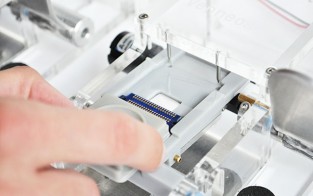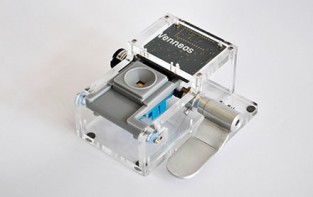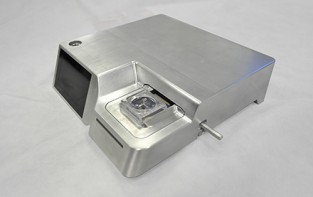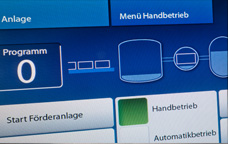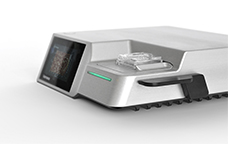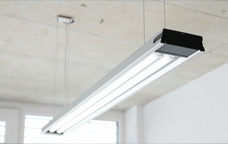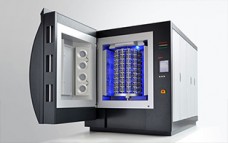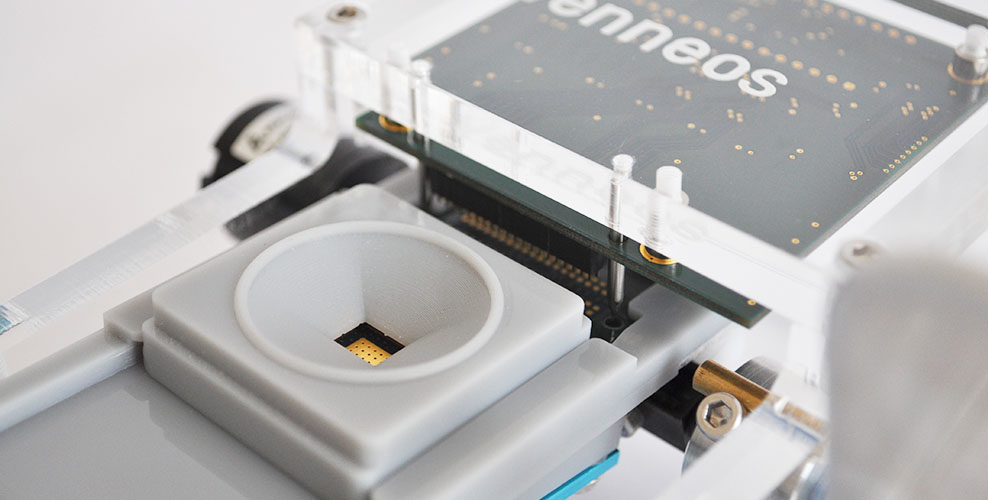
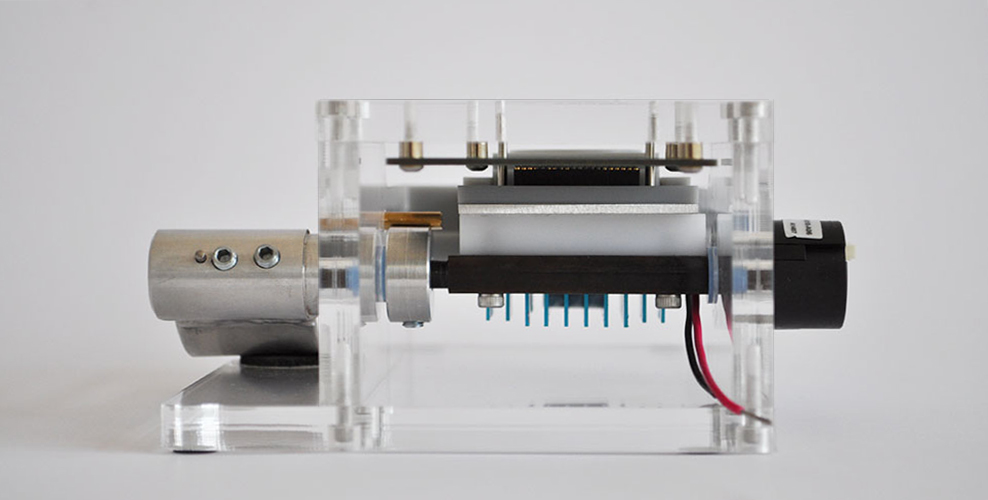
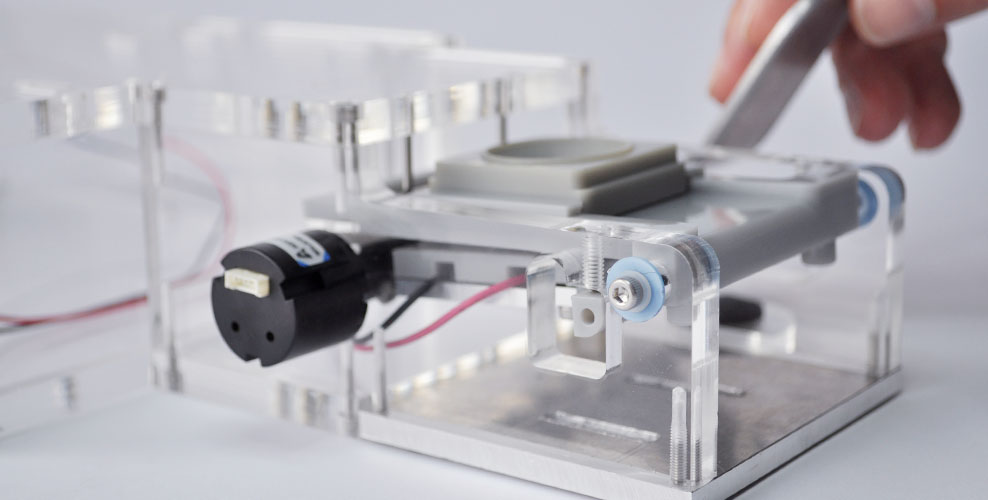
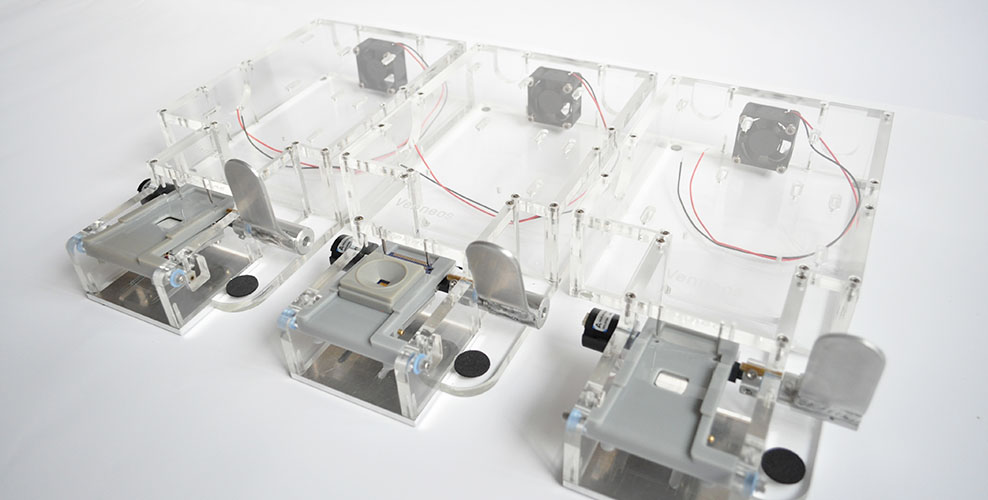
Venneos CAN Q development
Function and design
For the Stuttgart based start-up Venneos, we developed the CAN Q Station. A measuring device for biological cell analysis. The innovative feature of this system is the innovative measurement approach. Cellular changes are visible electronically instead of optically.
Defortec played a key role in the development of technical components required for the intuitive operation of the novel microscope.
Development of the contacting mechanism
Based on the produced functional model, the contacting mechanism and the geometry of the culture chamber were tested in combination with the carrier board.
The functions of the mechanism as well as the smooth co-operation of the components were checked and continuously optimized by several running- and stress tests.
The focus of the functional investigations was primarily on the contacting mechanism and the interplay of the individual elements. These investigations have significantly contributed to the process optimization, technical precision and shape-finding.
Pilot series
In the second phase, a fully functional small series was manufactured, which was tested by pilot costumers.
This pilot series already had all the relevant innovations and functions. These included also the mechanics, developed by defortec. All used materials are food safe and extremely resistant due to the laboratory environment.
Further categories
Good to know...
simplify the understanding of design Glossary
Design and functional development of a user interface. Interface is a part or an act, in which a person makes contact with a machine or a product. The simplest example therefore is a light-switch: it‘s not part of the person, neither part of the machine (light), but an interface between. For being useful and important for persons, the interface should be based on human needs and skills. If you look at it systematically user interface belongs to the „Man Machine System“ (MMS): Man ↔ Man-Machine-Interface ↔ Machine. Different sciences are focused on that theme, e.g. informatics, the Cognitive Science research and psychology. The basic knowledge for user-friendly interface design is developed in design and ergonomics. The specific field of activity is Cognitive Ergonomics, System Ergonomics and Software Ergonomics (usability engineering).

